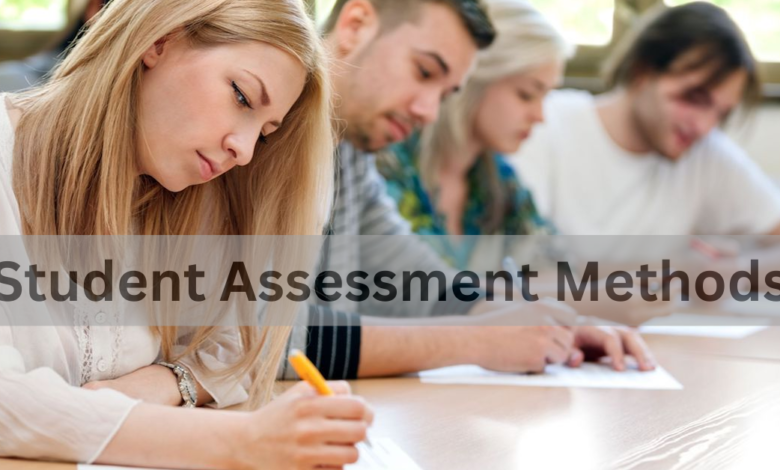Student Assessment Methods: Comprehensive Guide for Educators

Student assessment methods are critical tools used by educators to evaluate, measure, and document the academic readiness, learning progress, and skill acquisition of students. This article delves into various student assessment methods, exploring their importance, types, benefits, and best practices for effective implementation.
Understanding Student Assessment
1. What are Student Assessment Methods?
Student assessment methods encompass a variety of techniques and tools designed to evaluate student learning and performance. These assessments provide valuable insights into students’ understanding, skills, and educational needs, helping educators tailor instruction accordingly.
2. Importance of Student Assessment
- Monitoring Progress: Regular assessments help track students’ academic progress and identify areas needing improvement.
- Informing Instruction: Assessment data guide educators in modifying teaching strategies to enhance learning outcomes.
- Accountability: Assessments ensure that educational standards and goals are being met by both students and educators.
- Feedback: They provide essential feedback to students, parents, and teachers, fostering a collaborative approach to education.
Types of Student Assessment Methods
1. Formative Assessments
Formative assessments are ongoing evaluations conducted during the learning process. They aim to monitor student learning and provide immediate feedback to improve instruction and student performance.
- Examples: Quizzes, classroom discussions, exit tickets, peer reviews, and informal observations.
2. Summative Assessments
Summative assessments are evaluations conducted at the end of an instructional period, such as a unit, semester, or academic year. They measure the extent of student learning relative to content standards.
- Examples: Final exams, standardized tests, end-of-term projects, and research papers.
3. Diagnostic Assessments
Diagnostic assessments are pre-instruction evaluations used to identify students’ prior knowledge, skills, strengths, and areas for improvement. They help educators plan appropriate lessons and interventions.
- Examples: Pre-tests, skills inventories, diagnostic reading assessments, and math placement tests.
4. Performance-Based Assessments
Performance-based assessments require students to demonstrate their knowledge and skills through complex tasks, projects, or performances. These assessments emphasize the application of learning in real-world contexts.
- Examples: Science experiments, oral presentations, portfolios, and art projects.
5. Self-Assessment and Peer Assessment
Self-assessment involves students evaluating their own work and learning processes, while peer assessment involves students assessing each other’s work. Both methods encourage reflection and critical thinking.
- Examples: Reflective journals, peer review forms, and self-evaluation checklists.
Benefits of Diverse Assessment Methods
1. Comprehensive Evaluation
Using a variety of assessment methods provides a more holistic view of student learning, capturing different dimensions of knowledge, skills, and abilities.
2. Personalized Learning
Assessment data help identify individual learning needs, enabling educators to customize instruction and provide targeted support to students.
3. Enhanced Student Engagement
Incorporating diverse assessment techniques, such as projects and presentations, makes learning more interactive and engaging for students.
4. Development of Critical Skills
Performance-based assessments and self-assessments foster essential skills like critical thinking, problem-solving, and self-reflection, preparing students for future challenges.
Best Practices for Effective Student Assessment
1. Align Assessments with Learning Objectives
Ensure that assessments are directly aligned with curriculum goals and learning objectives to provide relevant and meaningful data on student progress.
2. Use a Variety of Assessment Methods
Incorporate multiple assessment methods to address different learning styles and provide a comprehensive evaluation of student performance.
3. Provide Clear Criteria and Rubrics
Use clear, transparent criteria and rubrics to guide assessments, helping students understand expectations and how their work will be evaluated.
4. Offer Timely and Constructive Feedback
Provide immediate, specific, and actionable feedback to help students understand their strengths and areas for improvement, fostering continuous learning.
5. Involve Students in the Assessment Process
Encourage student participation in self-assessment and goal-setting to promote ownership of their learning and increase motivation.
Conclusion
In conclusion, student assessment methods are essential tools for measuring educational outcomes, informing instruction, and supporting student growth. By employing a variety of assessment techniques, educators can gain comprehensive insights into student learning, enhance instructional practices, and ultimately improve educational success.




